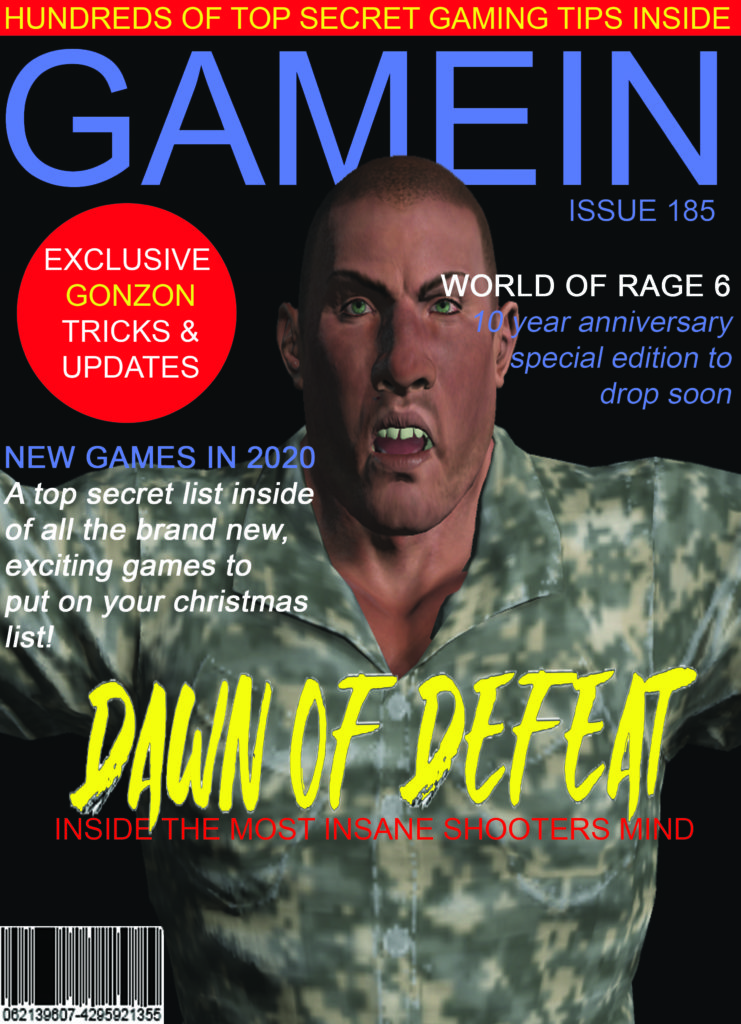- Media concentration / Conglomerates – one big company that owns loads more companies
- Globalisation (in terms of media ownership) – the process by which the world is becoming increasingly interconnected as a result of massively increased trade and cultural exchange.
- Vertical Integration & Horizontal Integration – vertical integration is when one media company owns loads of other smaller companies with the same distribution, horizontal integration is where one media company owns and expands into different areas of one industry
- Gatekeepers – someone who controls access to something
- Regulation / Deregulation deregulation is the reduction/ elimination of government power in an industry to create more competition within the industry. regulation- guidelines/ laws for media use across the world
- Free market vs Monopolies & Mergers free market – little or no government control. monopolies & mergers – a monopoly exists when a specific person or enterprise is the only supplier of a particular thing. a merger is a combination of two things such as companies into one.
- Neo-liberalism – the 20th-century resurgence of 19th-century ideas associated with laissez-faire economic liberalism and free market capitalism
- Surveillance / Privacy / Security / GDPR
All posts by Jessica M
Filters
hidden figures
- budget of $25, considered a low to medium budget film
- produced by fox 2000 sister company with 20th century fox, which is owned by the Walt Disney studios conglomerate
- first release January 6th 2017
- multi award winning
- directed by Theodore Melfi
- based on a true story
- the film addresses some real issues in society such as race and gender equality
maybelline advert analysis


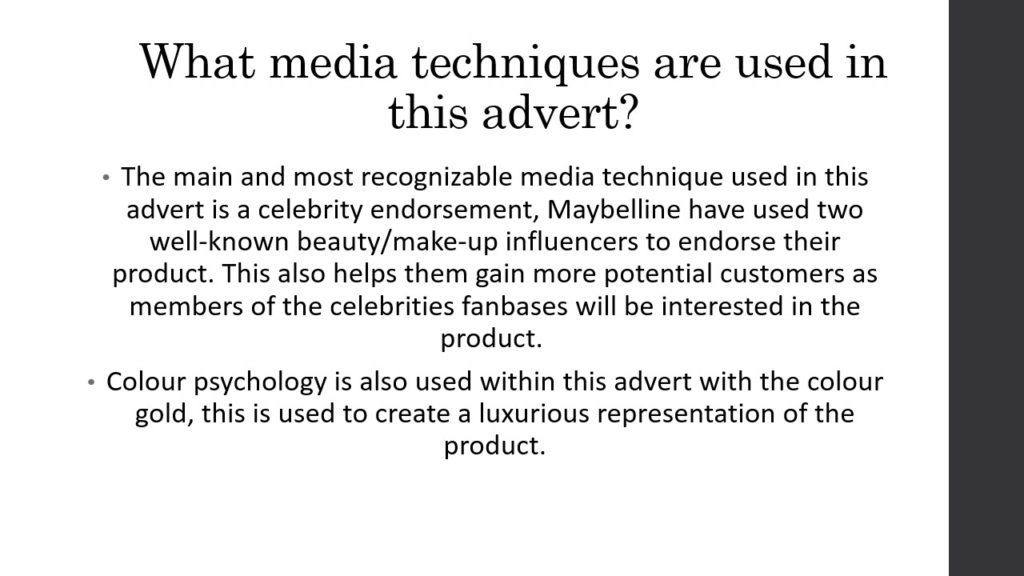

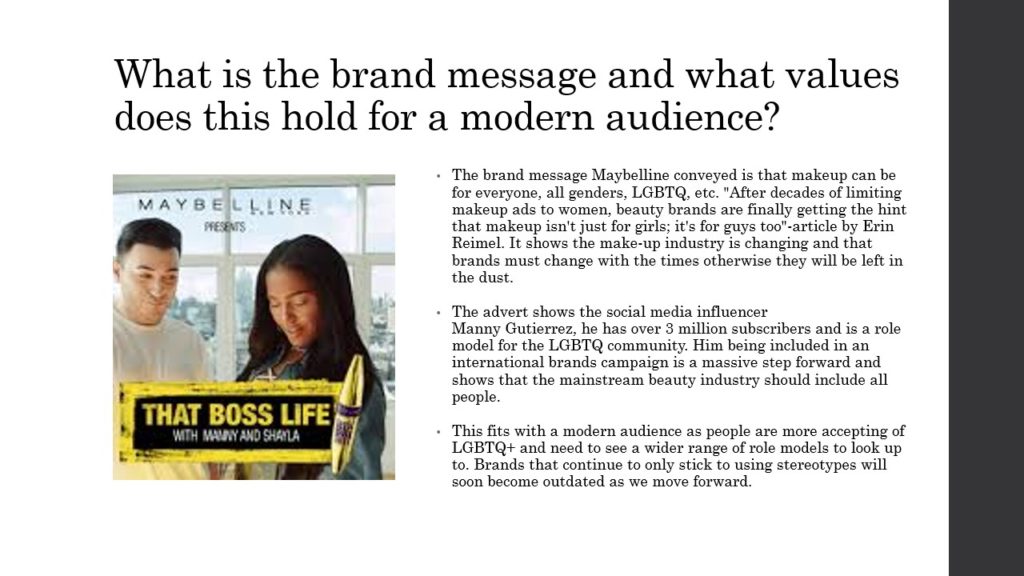
definitions
Repertoire of elements – the theory that a certain genre of film will have similar characters
Corpus – a large structured bit of text, the body of the work
Hybridisation – combining two or more things
Historic specificity – associated with specific time periods
repetition and sameness – genre text producers walk a fine line between repeating successful formulas with only minor variations
variation and change – sufficiently allow familiarity but also make the audience feel the product they are consuming is fresh
narrative image – visual story telling
expectations and hypotheses – the assumptions of the audience based on how its represented
suspend disbelief – ‘buy’ into the film, narrative, character etc
generic regime of verisimilitude – what is probable or likely within a genre / very similar
boss life advert🍀👌🤩
| Technical Code | Denotation (ie what is it – simply describe what you see / hear) | Connotation (ie what does it signify) |
| Setting | a hotel room in new York | a luxurious hotel room in an expen-sive city |
| Clothing | top and trousers & shoes on both the main characters, bell boy wearing hot-el uniform | |
| NVC | winking | wink to communicate a ‘secret’ |
| Dialogue | lets get bossed up | connotes that the product will make you a ‘boss’ the slogan for the product |
| Sound Effect | twinkle sound | connotes magic |
| Music | music in the background after they get ‘bossed up’ | connotes life gets better and more exciting after using the product. |
| Camera shot size | ||
| Camera movement | 🎅😊🤩😘😀😆😉😊😶🤑🤡👺👹👽👨❤️👨👨👩👧👧🦗🦂👥🎟🧦⚾🔎🖌📌⏰🍟🍤🍴🌻☘🍀🚗🌚 | |
| Editing |
essay – Gender representation in mens health MAGAZINE and tomb raider
In this essay I will discuss how the gender roles of a male and a female are portrayed within the media industry and I will be focusing on the media products ‘Lara Croft Tomb Raider’ and ‘Men’s health’. I will discuss whether they are radical or reactionary texts and will consider the use of different audience and production theories and discuss whether the producers behind the media products have followed David Gauntlet’s theory of identity. In particular, I will argue that ‘Tomb Raider’ is a radical text and that ‘Men’s Health’ is a reactionary text.
My first argument is that ‘Tomb Raider’ is a radical text. I believe this because the character of Lara Croft goes against all the stereotypes of a female in the gaming world and the real world. For example, Lara Croft is portrayed as a strong and powerful character and does not have a male character saving her instead she is saving and protecting herself, this is not what you would typically see in a video game which is aimed at a male audience. This adds a feministic view on things as it is suggesting that a woman is as capable as a man to do anything, even fight. I consider this to be radical as it does not conform with the general ideas about women within society. However, I also think that it contains reactionary aspects within it, for example, Lara Croft is heavily sexualized and is dressed in clothes that exaggerate and emphasize her breasts and her bottom. This is reactionary because it does conform with the general idea in society that women that are slim and wear clothes that emphasize their breasts and bottoms attract the male gaze, hence why they are buying and playing ’Tomb Raider’. Overall however I believe ‘Tomb Raider’ to be a radical text.
My second argument is that ‘Men’s Health’ is a reactionary text. On the front page is an image of a male celebrity with the ‘ideal’ male body that many men across the world aspire to look like. All the text on the front page surrounding the image is related to losing weight/ fat and gaining muscles. This magazine reinforces the negative stereotype that all men should look the same and be big and muscular and as ‘masculine’ as possible. However, in many men around the world this is not the case as everybody has a different build, metabolism and ability to gain muscles. The inside pages of the magazine continue this representation of the male gender to be strong muscular and healthy with a content page directing the readers to pages with tips on how to maintain your health and fitness. One inside page in particular however gives a slightly radical representation and there is an image of an elderly man running and he is named ‘The Marathon Man’. I consider this to be a radical representation as it is not a highly usual or stereotypical thing to see and you would not expect it.
To conclude, in my personal opinion I think the media industry has very fixed stereotypes and representations of the male and female genders and that the two media products ‘Tomb Raider’ and ‘Men’s Health’ prove this point. The producers of these media products have thought in detail about how they represent their products and characters within. For example, the ‘Tomb Raider’ producers have specifically targeted the ‘male gaze’ and have designed the character Lara Croft to be ‘sexually attractive’ to pleasure the heterosexual male audience/ player. The producers of the ‘Men’s Health’ magazine have worked hard to specifically target men directly and attempt to inspire them to become the ‘best’ they can be and live the idealistic lifestyle. In terms of audience theories such as Blumler and Katz’ uses and gratifications theory It has been applied to both products subtly for example in Lara Croft there is an element of escapism as is it set in derelict jungle/tomb area and ‘Men’s Health’ magazine gives an informative and educational perspective and some people are able to personally identify with the magazine as they may follow the same or similar Heath and fitness routines.
definitions
• Positive and negative stereotypes – positive stereotypes have good connotations and good messages whereas negative stereotypes have bad connotations and messages
• Counter-types – a positive stereotype that emphasizes the good/ positive features of a person
• Misrepresentation – giving a false representation of the nature of something
• Selective representation – the way a specific group is represented more than another
• Dominant ideology – the dominant/ main idea of a society, beliefs, morals etc shared by the majority of a society
• Constructed reality – the way we present ourselves to other people is shaped by our interactions with others, as well as by our life experiences.
• Hegemony – leadership / dominance by one social group over others
• Audience positioning – techniques used by the producer of a media product to get the audience to understand the ideology of the text
• Fluidity of identity – our identity is fluid and distinctively our own and is shaped by our culture, race, how we were raised and educated etc and can change all the time
• Constructed identity – the shaping of a persons values influenced by cultural systems and individual actions
• Negotiated identity
• Collective identity
print terms venn diagram
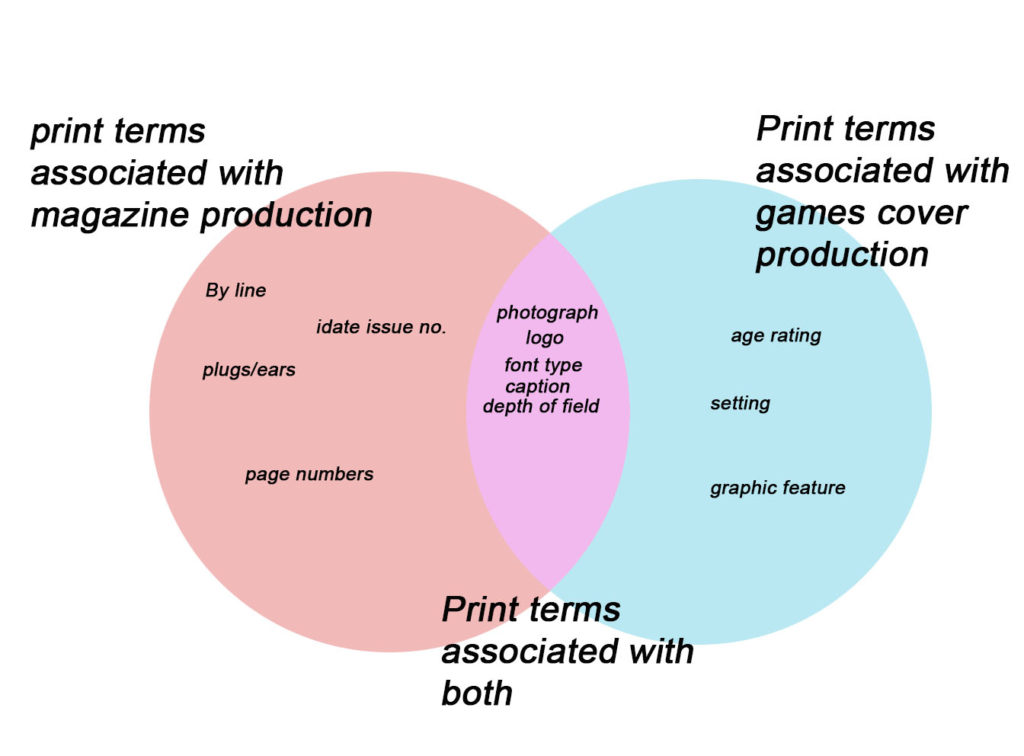
Lara croft powerpoint – abigail and jess

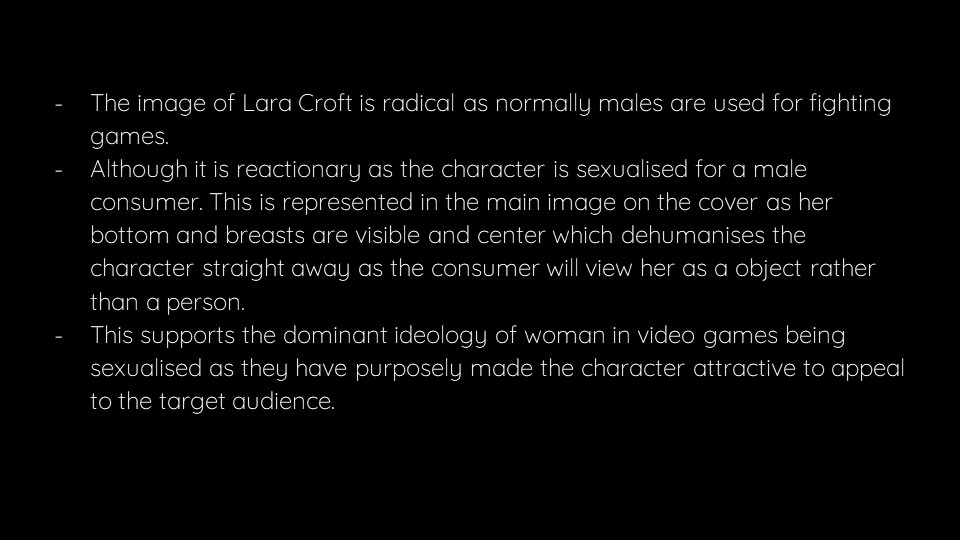
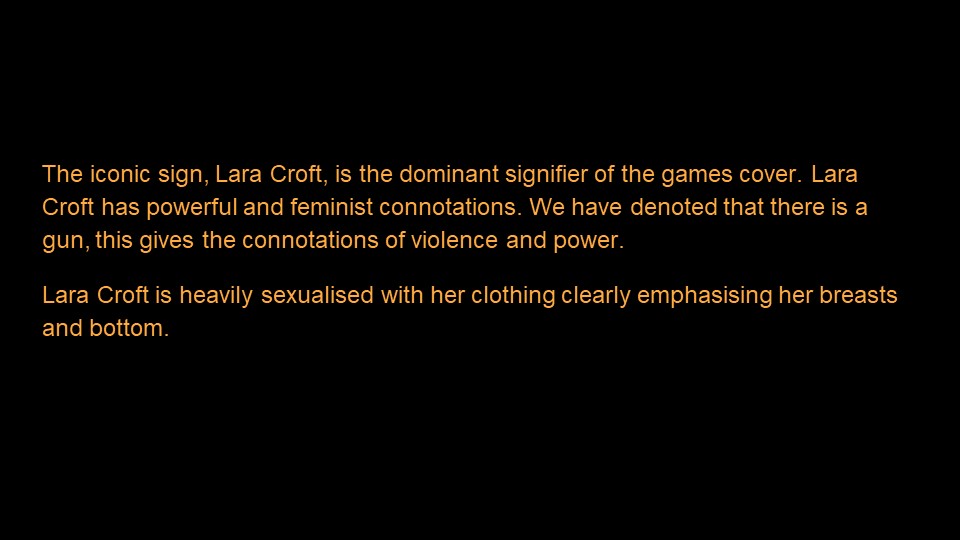
Magazine nea front cover and statement of intent
My magazine is named ‘GAMEIN’ this is an attempt at a play on words as it is a gaming magazine which is about all the inside information and insights into the gaming industry, GAMEIN sounds similar to the word gaming. My intended target audience is male teenage gamers in the age range 13-17 who are based in the United Kingdom.
My style model for this magazine is the already existing magazine ‘PC GAMER’ and you will be able to see the conventions of it throughout my magazine. The main font used for text throughout the magazine will be Arial. My masthead will be in capital letters and in bold writing and a bold colour to ensure that it is eye-catching and stands out around other magazines.
There is a clear house style to my magazine, all the pages will be black with the masthead on the front cover being a lilac colour, this colour will be carried through the magazine and used for the copy and headlines. The colours red and yellow will be used for plugs throughout the magazine. I have used the colour black as the background / page colour for my magazine as black is associated with power, strength and rebellion, these connotations often relate to my intended target audience and will make them more attracted to the magazine. I have also used the colour red as it is intense and it connotes symbols of blood, danger and war which is what a lot of teenage boys in the age range 13-17 are interested in so it draws them into the magazine and makes them interested.
All images, logos and copy is original, and I will create my magazine on adobe Photoshop. To create images for my magazine I will use adobe fuse to create life like cartoon characters to make them look as though they are actual characters from video games. I will also create 8-bit art to create vintage style games characters and icons.
I will used Blumler and Katz uses and gratifications theory and will create my magazine to be informative and educational about the gaming world I also would like it to be entertaining. The main image is an iconic sign of a man in army style clothing. The code within the magazine will be through the use of colour. The codes will convey connotations of power, danger and violence. The magazine will be a reactionary text as it follows societies ideas of gaming and masculinity within it.
